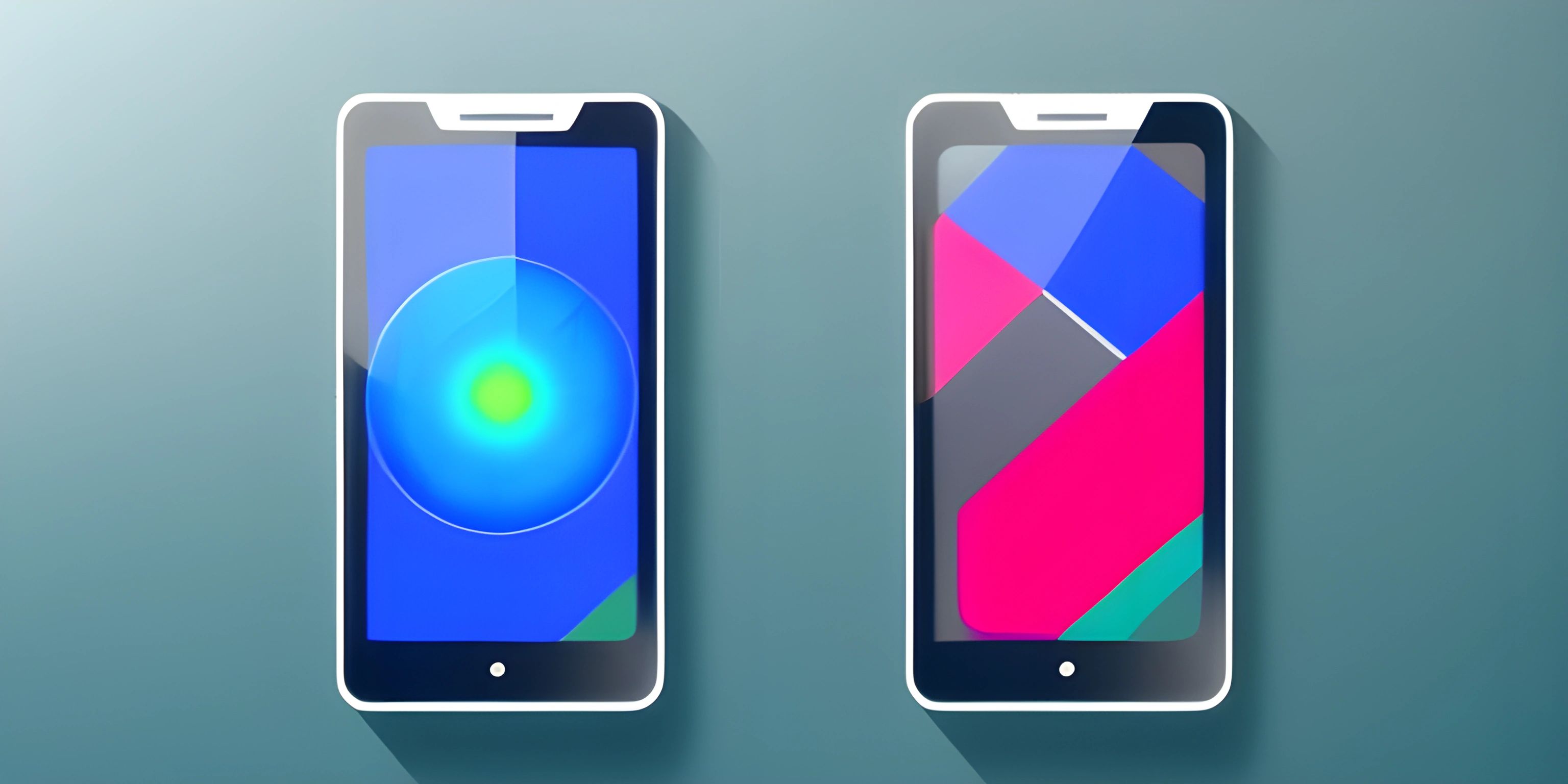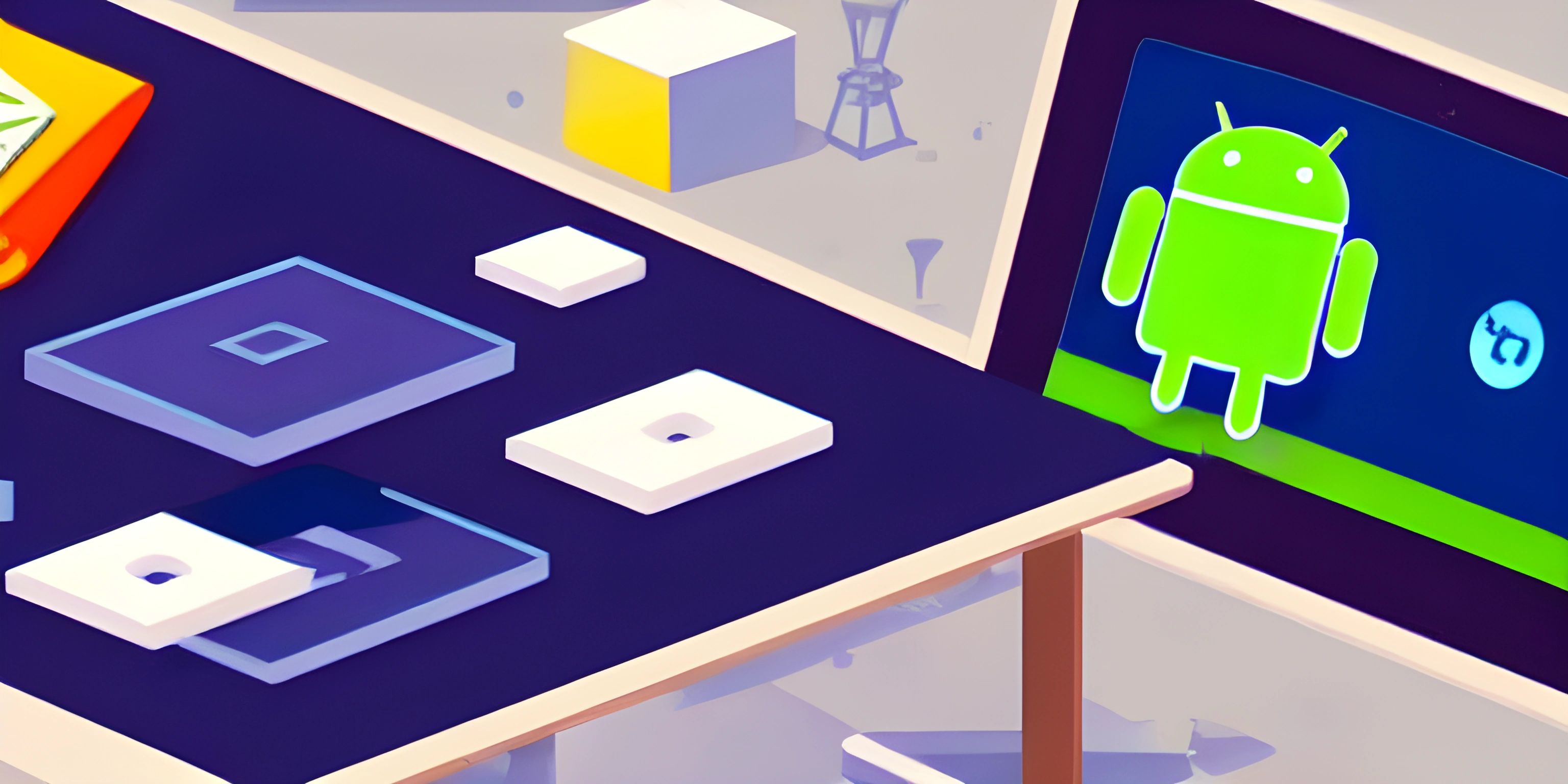Mobile App Development Overview

Note: this page has been created with the use of AI. Please take caution, and note that the content of this page does not necessarily reflect the opinion of Cratecode.
The world of mobile app development is an exciting and ever-evolving landscape. With a plethora of platforms, tools, and frameworks at our disposal, creating engaging mobile apps has never been easier. In this overview, we'll introduce you to the fundamentals of mobile app creation and discuss some popular platforms and development approaches.
Platforms
When it comes to mobile app development, there are two primary platforms to consider – Android and iOS. These platforms are operated by Google and Apple, respectively, and they dominate the global mobile market.
Android
Android is an open-source mobile operating system developed by Google. It powers a wide range of devices, from budget smartphones to high-end flagship models. To develop Android apps, you typically use Java or Kotlin as your programming language, along with the official integrated development environment (IDE), Android Studio.
iOS
iOS, on the other hand, is Apple's proprietary mobile operating system. It is available exclusively on Apple devices, such as the iPhone and iPad. To develop iOS apps, you usually work with Swift or Objective-C as the programming language and use the official IDE, Xcode.
Development Approaches
There are several approaches to mobile app development, and each has its own set of advantages and trade-offs. Let's take a look at some popular development strategies:
Native
In native app development, you create apps specifically for a particular platform, using the platform's designated programming language and tools. This approach offers the best performance and seamless integration with platform-specific features, but it requires developers to maintain separate codebases for each platform.
Cross-Platform
Cross-platform app development allows you to create apps that run on multiple platforms using a single codebase. Some popular cross-platform frameworks include React Native, Flutter, and Xamarin. While this approach may sacrifice some performance and native platform fidelity, it can save time and resources for developers targeting multiple platforms.
Progressive Web Apps (PWAs)
Progressive Web Apps (PWAs) are a hybrid between traditional web applications and native mobile apps. They are built using web technologies, such as HTML, CSS, and JavaScript, but offer app-like features, such as offline functionality, push notifications, and home screen installation. PWAs can be accessed through a web browser or installed on a device, providing a flexible and cost-effective alternative to native app development.
Hey there! Want to learn more? Cratecode is an online learning platform that lets you forge your own path. Click here to check out a lesson: Why Program? (psst, it's free!).
FAQ
What are the two primary platforms for mobile app development?
The two primary platforms for mobile app development are Android, operated by Google, and iOS, operated by Apple.
What are the advantages of native app development?
Native app development offers the best performance, seamless integration with platform-specific features, and access to the latest APIs and technologies provided by the platform.
What is a popular approach for developing apps that run on multiple platforms?
Cross-platform app development is a popular approach for creating apps that run on multiple platforms using a single codebase.
What are Progressive Web Apps (PWAs)?
Progressive Web Apps (PWAs) are a hybrid between traditional web applications and native mobile apps, built using web technologies and offering app-like features such as offline functionality, push notifications, and home screen installation.





